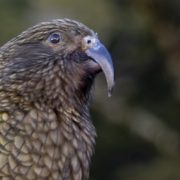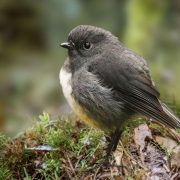A Critical Look at Aerial-Dropped, Poison-Laced Food in New Zealand’s Forest Ecosystems
Each year, New Zealand aerially distributes massive quantities of acutely lethal, poison-laced foodstuffs into its wilderness ecosystems. The toxin most commonly used is sodium monofluoroacetate (compound 1080), an acutely toxic, oxygen metabolism-disrupting agent with very high toxicity to most air-breathing organisms. New Zealand ecological conservation officials claim that aerial poison operations are an essential strategy to protect vulnerable indigenous flora
and fauna from exotic mammalian pests, and that the benefits of aerial poison operations outweigh their risks.
This manuscript presents a critical review of the existing scientific literature on the non-target effects of aerial poison operations in New Zealand.
This review reveals that in this complex, multifactorial situation, the relevant science has been selectively interpreted, selectively studied, and moreover, left grossly incomplete in its scope, possibly in favour of non-environmental, short-term economic interests. Using the existing scientific information on non-target effects of aerial poison operations, a basic cost-benefit analysis employing a numerical scoring system was performed.
This cost-benefit analysis, which compared the potential costs and benefits to native species of aerial poison operations versus unchecked possum populations at their peak density, indicated that aerial poison operations have twice as many potential costs to native species as potential benefits, and that aerial poison operations were potentially twice as costly to native species as unmanaged possum populations at their peak density.
The potential for widespread poisoning of New Zealand’s large number of endemic and threatened/endangered omnivorous, insectivorous, and carnivorous bird species by the uncontrolled distribution of poison-laced food throughout an entire ecosystem is a serious issue worthy of international concern and immediate action.









